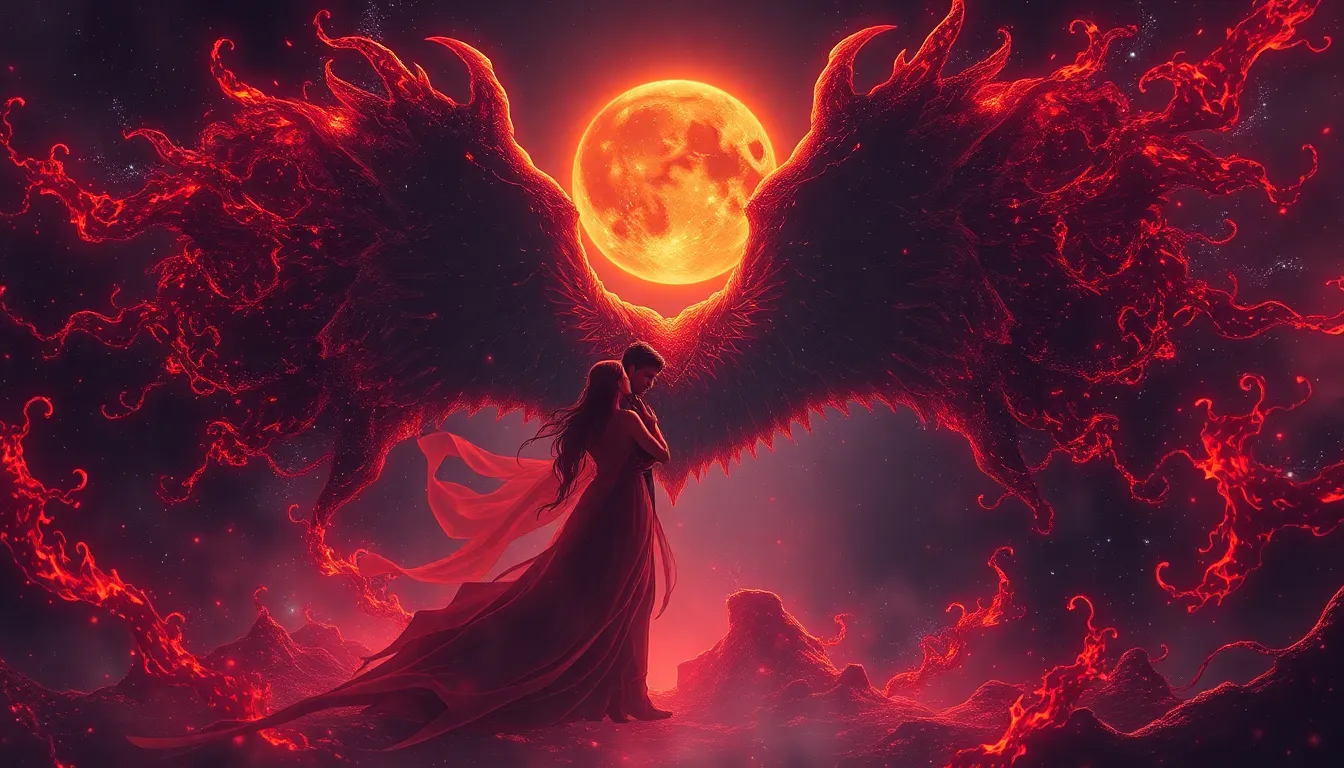The Influence of Roman Mythology on Roman Architecture
Roman mythology, with its rich tapestry of gods, goddesses, and legendary figures, played a significant role in shaping the architecture of ancient Rome. The myths and stories of Roman deities and heroes were deeply intertwined with the beliefs and values of Roman society, manifesting in various architectural designs and structures throughout the empire.
1. How did Roman mythology influence architectural themes?
The Romans drew inspiration from their myths and legends in the design and decoration of their buildings. For example, temples dedicated to gods and goddesses like Jupiter, Juno, and Mars often featured statues, reliefs, and friezes depicting these deities in heroic poses. The mythological narratives associated with these figures were reflected in the architectural motifs, symbolizing virtues such as strength, wisdom, and victory.
2. Which architectural elements were influenced by Roman mythology?
Ancient Roman architecture showcased a fusion of engineering prowess and artistic expression, with elements such as columns, arches, and domes serving not only structural functions but also carrying symbolic significance. The use of mythological figures in sculptural adornments, frescoes, and mosaics adorned public and civic buildings, highlighting mythical tales and divine allegories.
3. What are some examples of Roman architectural structures influenced by mythology?
The Pantheon, a marvel of Roman engineering, dedicated to all the gods of ancient Rome, reflects the importance of mythology in architectural design. Its famous dome, symbolizing the heavens, provided a celestial focal point honoring deities. Additionally, the Arch of Constantine, adorned with various reliefs depicting myths and battles, illustrates the fusion of Roman tradition and mythology.
4. How did Roman mythology persist in later architectural styles and periods?
Even as Roman civilization evolved and transformed, its mythological heritage continued to influence architectural styles in subsequent periods. During the Renaissance, artists and architects revisited Roman myths, incorporating mythological themes in their works as a nod to classical antiquity. The enduring legacy of Roman mythology thus transcended time, leaving an indelible mark on architectural aesthetics across different eras.
FAQs about The Influence of Roman Mythology on Roman Architecture
What role did Roman mythology play in shaping Roman architecture?
Roman mythology heavily influenced Roman architecture as the Romans incorporated elements from their myths and legends into the design and decoration of their buildings. Gods, goddesses, and mythical creatures were often depicted in sculptures, frescoes, and mosaics, connecting the architecture to the stories and beliefs of the Roman people.
Can you provide examples of how Roman myths were depicted in architecture?
Certainly! For example, temples dedicated to gods like Jupiter, Mars, and Venus featured statues and reliefs portraying these deities. Additionally, architectural elements such as columns and friezes were adorned with mythological scenes, showcasing stories like the founding of Rome or the deeds of heroic figures like Hercules.
How did the incorporation of Roman mythology impact the aesthetics of Roman buildings?
The integration of Roman mythology added a sense of grandeur, symbolism, and cultural identity to Roman architecture. By infusing buildings with mythological symbolism, Romans aimed to honor their gods, celebrate their history, and convey values such as power, conquest, and virtue through the visual language of architecture.
Was Roman mythology the only influence on Roman architecture?
While Roman mythology played a significant role, Roman architecture was also influenced by Greek architecture, Etruscan traditions, and practical considerations. The Romans adapted



